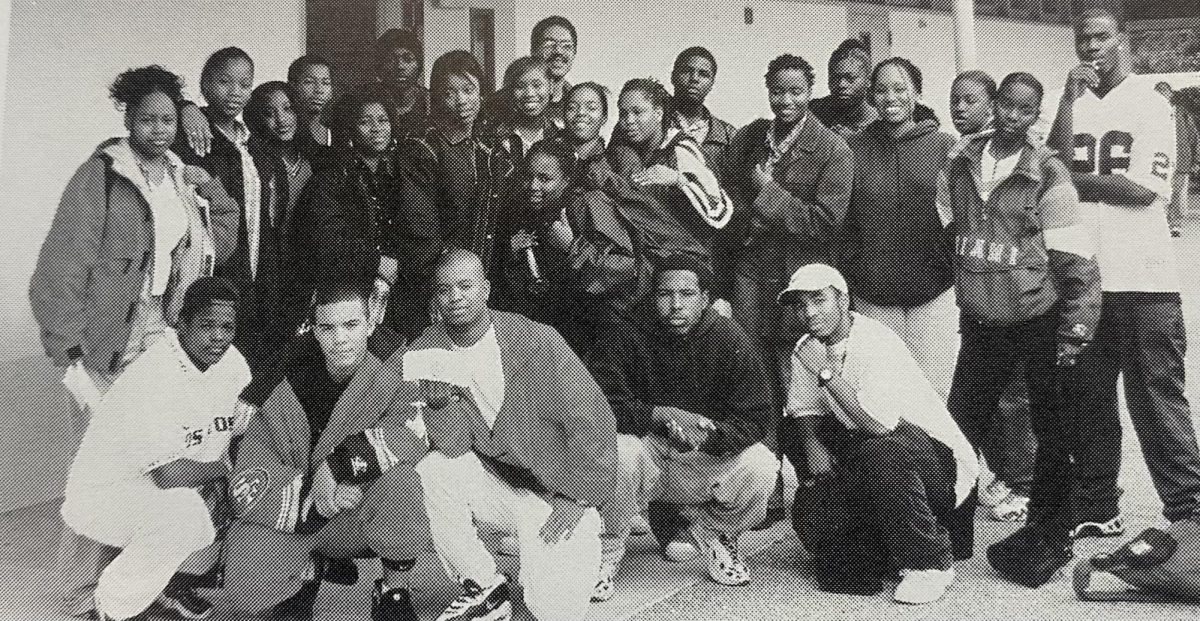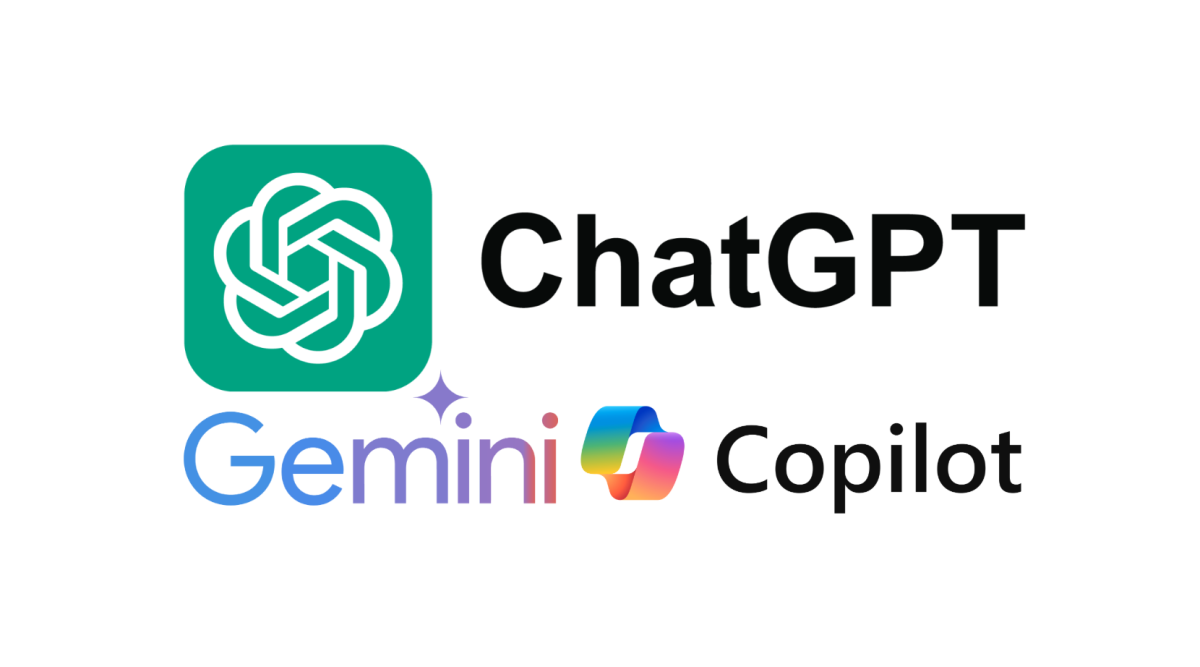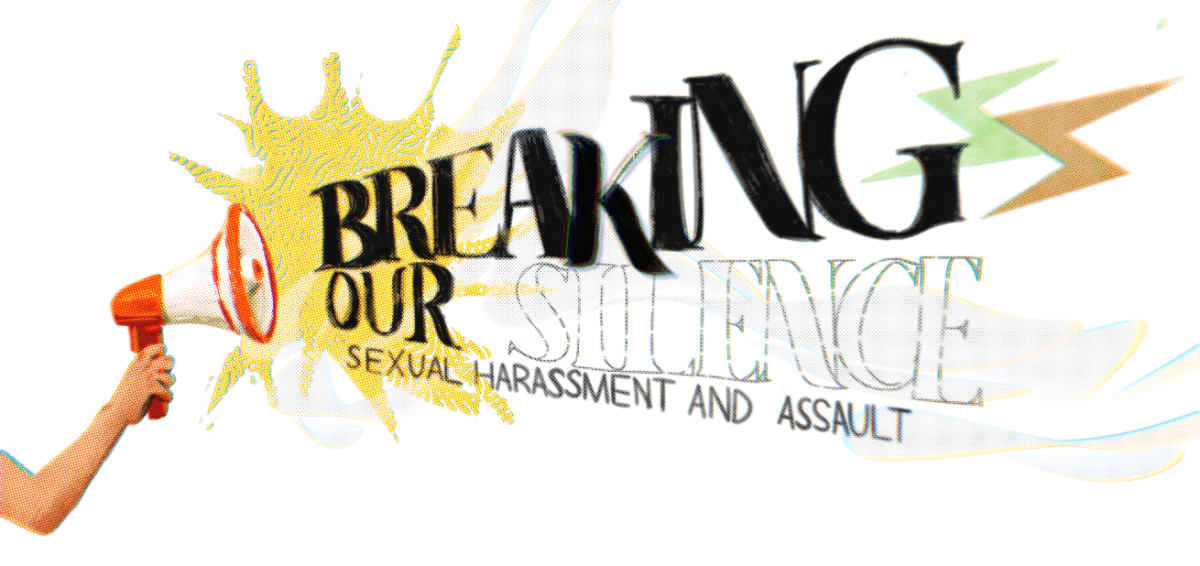Khan Academy and Egan
A cursor quickly dances across the screen, drawing a pair of ribosomes and a piece of messenger RNA. The voice of Salman Khan emanates out of speakers, narrating the steps of this protein synthesis. There are over 4,100 other free videos like this on the Khan Academy website, covering subject material from basic World History to Linear Algebra. Now this non-profit organization, which found its beginnings in academic tutorials Kahn posted on Youtube, has integrated into Egan Middle School.
Los Altos School District Superintendent Jeff Baer’s latest theme is innovation, a word that attracted Sal Khan to the schools in the district. After developing a partnership, Khan Academy began its pilot program in the math classes at the Santa Rita and Covington Elementary Schools. To introduce the program to older students, Egan was brought on board.
The original purpose of Khan Academy at Egan was to raise low-performing students to grade level. However, it quickly caught on and is now used in basic and advanced math classes.
Algebra teachers Susan Marley and Jacob Sproule have adapted their own classes to use Khan Academy. One part of modifying their teaching methods has been incorporating modules. These are lessons and problem sets from Khan Academy, into the academic curriculum. Yet there is still freedom in teaching styles, and both have found unique ways of bringing Khan Academy into their classrooms.
Sproule has found that modules work best to reinforce what he has taught his students earlier in the class period.
“I’ll assign a Khan Academy module for them to work on that’s related to the ideas [learned in class] so they can really get in and see ‘what do I know, what do I understand, what do I still need to work on’ and start asking questions the right way,” Sproule said.
On the other hand, Marley assigns a module every two weeks, allowing the students to work on them at home and further understand the problems that they will later be tested on.
Although their approaches differ, both teachers have seen a positive impact in their classrooms through the immediate response Khan Academy offers. After every problem, students can see whether students were right or wrong and understand every step needed to complete the problem.
Furthermore, through individual student analysis Khan Academy offers, teachers can see where each student is struggling and plan accordingly.
“One of the features of Khan Academy is that teachers have such a great record of what the students have done, how much time they have spent on doing it and how they are progressing,” Egan Principal Brenda Dyckman said. “That opened up this ability to differentiate. In a classroom you can see that one child is progressing, that they can go on ahead, where another child you might want to sit with and get them caught up.”
Khan Academy provides other resources for students too. If students aren’t understanding a concept, they can be linked to the Khan Academy video associated with the material. Even if a student is having trouble while working outside the classroom, there is help just a few clicks away.
However, despite the positives that Khan Academy brings to the classrooms at schools such as Egan, there are certain problems that exist. There is a huge assortment of videos and modules to choose from, making it very time-intensive for teachers to find the videos that best suit their lesson plans.
Some students have also been discouraged by a new “progress bar” feature. The progress level partly depends on the amount of time it takes a student to complete the module, meaning that even if the student gets 100 percent of the questions correct, their progress bar could be very low if they took a substantial amount of time on it.
Despite these minor kinks, Khan Academy has proven its worth and is expanding into Junior-level math classes at the high school.
“It gives kids an ongoing resource,” Dyckman said. “Once they know about it, they can go back to it. Letting kids know who don’t have the resources or money to hire tutors, this is a source that is open and free and they can use. I feel like it’s a valuable tool that they can take forward.”
Drawbacks to Online Learning
San Jose State University (SJSU) has taken the idea of online education to a whole new level, replacing lower division curriculum courses with online classes. SJSU President Mohammad Qayoumi feels that streamlining online classes will solve some of the problems that public higher education faces.
Primarily, California’s public education funding is decreasing which has lead in part to the increasing cost of higher education. SJSU hopes that by allowing students to take online courses, more students can satisfy course requirements earlier without worrying about graduating in time.
Qayoumi also believes that SJSU needs more Science Technology Engineering and Mathematics (STEM) graduates in order to compete with those in other countries, such as China. Consequently, the university is working to increase the diversity of STEM courses offered through their system, called Udacity.
However, the philosophy department at SJSU is against the STEM online movement, saying that it does not amount to the actual college learning experience.
SJSU Professor of History Dr. Bruce Reynolds said that human interaction is an important part of the learning process, be it with teachers or students, that online learning takes away. In addition, he believes there is inherent value in the classroom environment that online learning lacks.
“Students need to develop the capacity to comprehend lectures and read books, not just tweets and text messages, if they are to become educated citizens,” Reynolds said. “All learning, including online learning, requires discipline, which many students lack.”
Investing in Long-Term Online Learning
When it comes to students learning online, most of the educations is done for a grade and credit on a transcript. However, there are many programs available which are intended almost solely to be used by those seeking additional knowledge. One such program is EdX, founded by MIT and Harvard with the goal of providing courses in a wide breadth of disciplines to students.
Over the last few months, I have been taking a course entitled “Justice” for the site, which covers many of the famous moral philosophers and also attempts to apply their work to modern problems.
The way the course works is that each week two lectures are posted with supported readings. Every few weeks there is a graded multiple choice quiz on the material and then at the end of the course there will be a final exam.
This format works relatively well. One of the nice things about the course is that it is self-paced, the only requirement is that it gets finished by the time the course ends in late July. This means that you can work the course around your own life. If one week is busy you can catch up the next week.
However, there are also negatives to this freeform style of coursework. Because there is no requirement that you work every week, it is incredibly easy to get behind. The course does require a significant amount of work and once you get two or three weeks behind it can get really hard to catch up.
In terms of the actual content of the course, this one at least is quite good. The universities who put courses on EdX are some of the biggest-name colleges in the country, so many of the courses have national experts as the teachers. The lectures are interesting and easy to get wrapped up in.
The downside is that because it is online, there is little interaction taking place. They do have discussion boards, but because so many people are taking the course, the discussions are often of poor quality. However, this isn’t an issue inherent to EdX; it is very hard to engage in quality interaction over the internet, no matter what the site.
However, while there are lots of people taking each course, there aren’t a ton of courses available. Currently there are 35 courses either in progress or scheduled to start. This may seem like a lot, but when you consider that these courses cover the entire breadth of education (science, math, history, English, technology etc.) there aren’t that many in any one subject.
However, despite the problem with EdX, overall the courses which are provided are high quality and in depth. If there happens to be a class in the area you want, it is well worth taking.
Social studies teacher Derek Miyahara has a similar belief. Online education offers a greater level of independence and ability for students to learn at their own pace, which he says can act as a double-edged sword.
“Online education allows students to self-pace, so that’s good,” Miyahara said. “On the other hand, online education allows students to self-pace, and that’s bad. It depends on the students, really. If they’re motivated to learn and take initiative, they can use the online course to self-pace. If they’re not motivated, then not having a teacher or some third-party pushing them to move on could be very damaging.”
History teacher Michael Messner, who instructs a group of students from Skyline Community College in addition to his classes at the high school, also sees positives and negatives with online learning. To begin, he does believe there are some practical benefits, such as making education more economical for both the student and the school by offering a greater ability to integrate multimedia.
“The advantage of having an online course is number one it’s economical and number two you get to use multimedia in a way that is not necessarily easy to use in a classroom,” Messner said.
However, Messner finds that many of the actual merits of education for teachers are missing in online education.
“You can’t see the ah-ha moment from a student,” Messner said. “You can’t have that conversation with students in the same way, you can’t do it the same way online as you’d do it in person.”
Messner also shares the opinion with Reynolds that the interaction among peers is also lost in an online environment.
“I think for the students they’re going to miss the experience of what education’s all about,” Messner said. “It’s not just about me being the sage on the stage telling you what the wisdom is. It’s a different paradigm if you don’t have that person who’s sitting with you and asking well what do you think about this, which is a lot of what we do at the high school.”
Having students learn through online sites and resources can also make cheating easier. Furthermore, with the absence of a teacher, cheating can be more difficult to catch and prove.
“How do I know that I don’t have 10 people in a room all working on it together, or looking at a book, or websites or something else?” Messner said.
However, Miyahara believes that if online education were to expand, demand will bring about a “technological fix to cheating.”
“Someone will create it when the move to online gets so large that there are significant productivity gains to assessing students in the traditional ways online,” Miyahara said. “When that happens, schools and universities will be willing to pay … and someone will develop it.”
Both teachers agree though that if an open enrollment online education were to entirely replace the current education system, it is doubtful that each and every student would take advantage of the resource.
“The question becomes how wide open a door that to be,” Messner said. “Do you want that to be where everyone can decide they can opt out of the classroom experience?”
While online education does have its practical benefits, it should not entirely replace the current education system in place, because it loses the interpersonal communication essential to education.
Instead, technology should serve as a support for education, enabling teachers to supplement their curriculum, and students to access information outside of the classroom.
“It’s fine as long as we use technology to be in the support of education and not the other way around,” Messner said.







